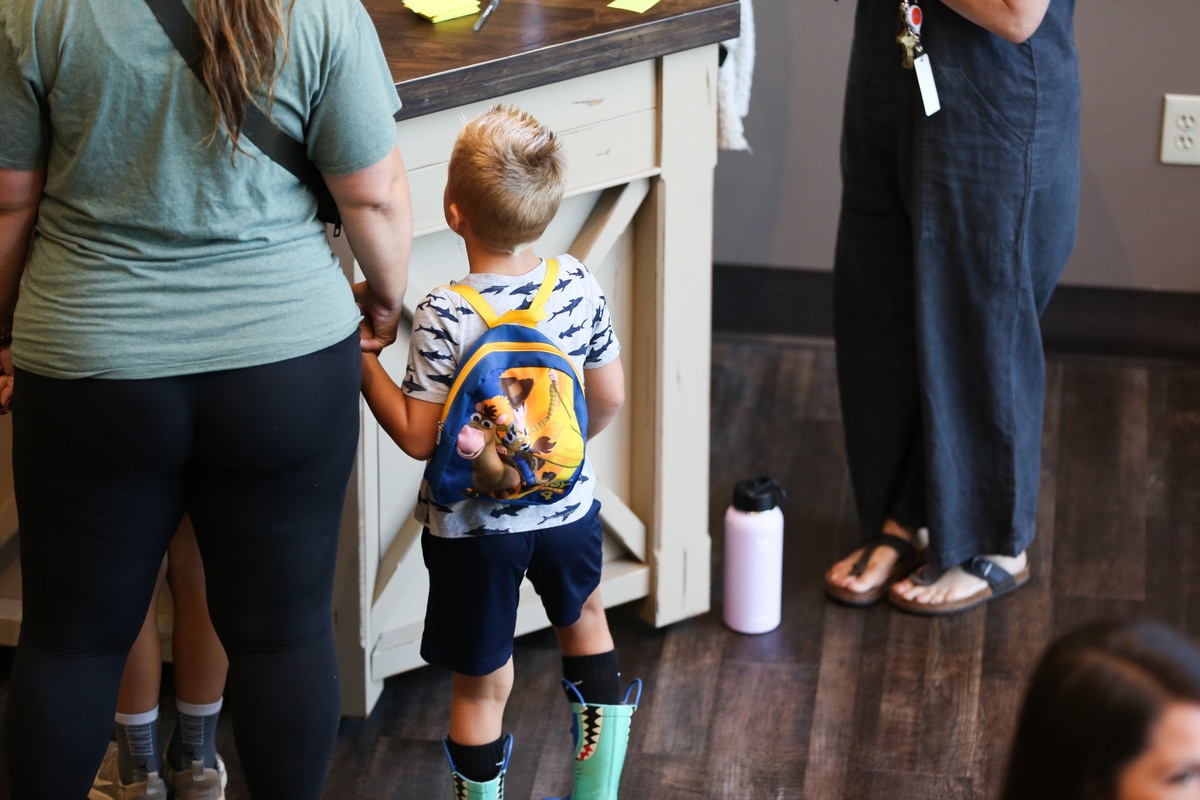When families enter your church, they aren’t just seeking biblical teaching or inspiring worship. They are asking a silent question: “Is this a place where my children will be safe?”
As shepherds and leaders, we must ensure the answer is yes—not by assumption, but by visible, intentional practice.
The following best practices are not simply policies; they are pastoral works of stewardship, expressions of love, and essential building blocks of trust.
- Build a Culture of Safety
Security begins long before an incident occurs. It begins with leadership. When pastors and elders visibly champion child protection, the entire congregation takes notice.
Families are discerning. They ask:
- What child protection policies are in place?
- Do staff and volunteers undergo background checks?
- How are emergencies handled?
If leaders do not proactively address these questions, families may quietly take their children elsewhere. Silence communicates indifference; intentionality communicates love.
Teach regularly that safety is part of ministry. It is not driven by fear but by faithfulness. The way your church greets families, monitors classrooms, and trains volunteers all testifies to the seriousness with which you honor God’s most vulnerable.
- Strengthen Check-In and Check-Out Systems
One of the simplest ways to prevent risk is also one of the most visible to parents: structured check-in and check-out.
Best practices include:
- Matching ID Tags: Children are released only when parents present a corresponding code.
- Secure Entrances: Restrict access to children’s areas.
- Custody Protection Policy: State clearly that the parent or guardian who drops off a child is the one who must pick up the child. This reduces confusion, prevents unauthorized pickups, and helps eliminate potential custody disputes when estranged parents attempt to remove their children from church/school. This also reassures parents that the church takes security seriously.
- Consistency: Establish clear procedures for late arrivals and early pickups.
When parents see a clear, enforced system, they gain confidence. It says, “This church is vigilant about my child’s safety.”
- Screen and Equip Every Volunteer
Your volunteers are both the heart of your ministry and the front line of your protection. Screening is not optional; it is stewardship.
Best practices include:
- National background checks (every place lived/worked prior 10 years) for every staff member and volunteer, no exceptions.
- Written applications with personal and pastoral references.
- The Two-Adult Rule: never allow a child to be alone with one adult.
- Ongoing training on abuse prevention, reporting, and emergency response.
Remember that predators seek opportunity. Vigilant screening removes opportunity and builds trust. Training reinforces that protecting children is not a burden; it is a calling.
- Secure the Physical Environment
Your facility should reflect both hospitality and vigilance. A simple walk-through with fresh eyes often reveals overlooked vulnerabilities.
Consider:
- Controlled Access: Locked doors, keypads, or stationed safety team members.
- Security Cameras: Visible, functional, monitored, and reviewed—not just installed.
- Clear Visibility: Classroom doors with windows or vision panels.
- Emergency Preparedness: Posted evacuation routes, stocked first-aid kits, and CPR/AED-trained staff.
Children should feel welcomed and loved, while parents should know every precaution has been prayerfully taken.
- Plan and Practice for Emergencies
Emergencies rarely wait for convenience. A disruptive visitor, a custody dispute, a medical event, or even an active threat requires a calm, immediate response.
Written emergency plans are essential. More importantly, they must be rehearsed. Drills for fire, lockdown, and evacuation not only prepare children but train staff to act decisively under stress.
Practicing evacuation doesn’t just prepare us for fire; it provides a muscle memory escape plan should an active threat occur. It also conditions us to think clearly when adrenaline rises. Tie every drill back to your mission: protect children, preserve calm, act in wisdom.
A volunteer who remains steady in crisis brings comfort to children and reassures parents that the church is ready.
- Communicate with Parents Transparently
Parents are your partners in safety. Don’t let your protocols remain hidden.
Host parent orientations. Post safety policies where they can be read. Share short videos on your website or app explaining how check-in works. Regularly communicate that safety is not an afterthought—it is embedded in your ministry culture.
Transparency strengthens trust. Families should never wonder if you have a plan. They should know it, see it, and feel it.
- Maintain Balance: Security with Hospitality
Church security should never feel like a fortress. Children should experience joy, warmth, and the freedom to encounter Jesus. But hospitality and security are not opposites—they are congruent partners. Smiles, eye contact, the “Power of Hello” and genuine care reassure families that vigilance and love walk hand in hand.
Final Charge to Leaders
Today’s families are more intentional than ever about where they worship. Many research a church’s safety practices before visiting. Others will leave quietly if they sense indifference.
Child safety is no longer optional. It is a visible measure of leadership’s commitment to stewardship. Parents trust you with their most precious treasure. Will your systems, policies, and culture reflect that trust?
Every church, large or small, can demonstrate excellence in this area. It doesn’t take a budget the size of a megachurch; it takes conviction, leadership, and follow-through.
In the end, protecting children is not just risk management. It is an act of discipleship. It builds the kind of trust where families plant roots, children flourish, and the gospel advances without hindrance.
Michael Elerick is the president of Public Safety Training LLC | Church Security-101, www.churchsecurity-101.com. A retired law enforcement manager with more than three decades of experience, he has trained church leaders and volunteers nationwide in faith-based safety strategies.






